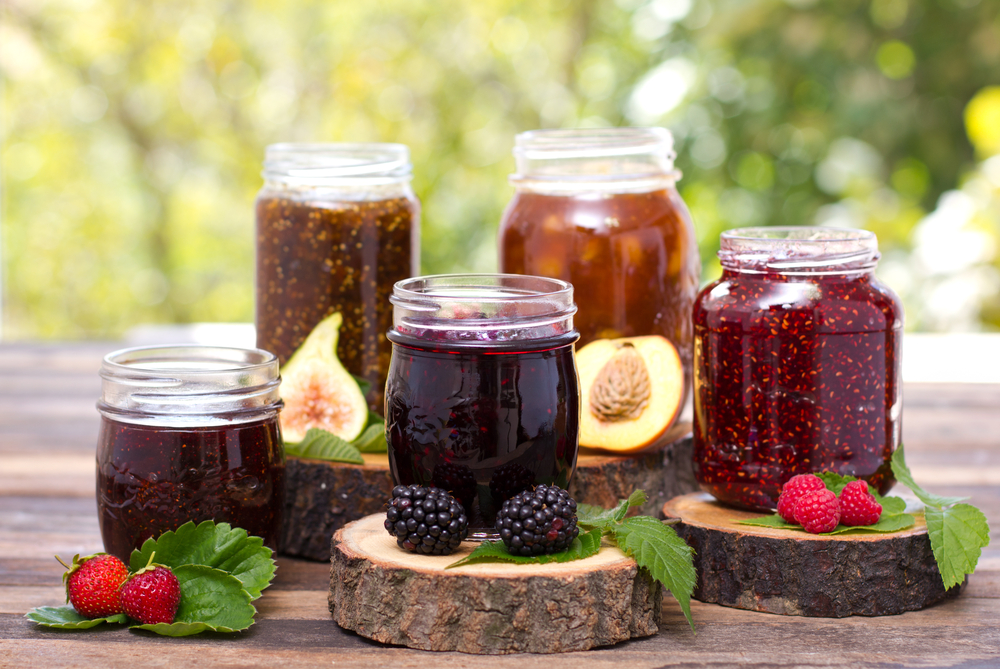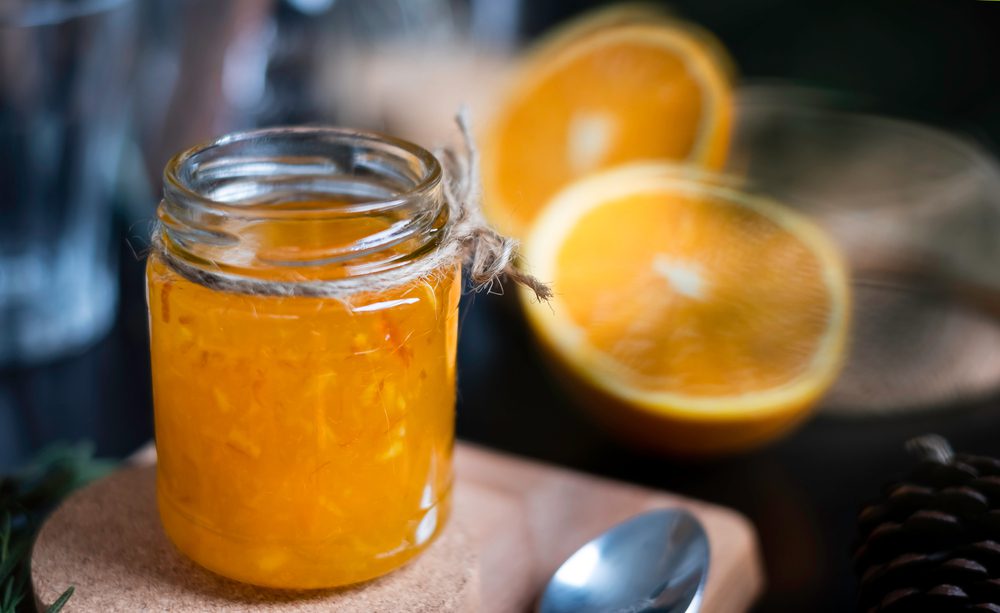A Culinary Guide To Differentiating Jam, Jelly, And Other Fruit Preserves
Jam, jelly, preserves, compote, marmalade, and chutney – these are all terms you may have encountered in the world of spreads and condiments, but do you know the nuanced differences between them? Each of these delicious concoctions varies in ingredients, texture, and uses, making them unique in their own right.

Jam: Jam is made by crushing whole fruits or fruit pieces and cooking them with sugar until they form a thick, flavorful mixture. The result often contains fruit pulp and is slightly chunky. Jams offer versatility, serving as spreads, fillings, or ingredients in baking.
Jelly: Jelly is made from fruit juice that is filtered to remove solids and then cooked with sugar to create a clear, smooth, and firm-textured spread. It is known for its translucent appearance and is often used as a topping for toast or in desserts.
Preserves: Preserves are similar to jam, but they typically contain larger chunks of fruit or whole fruits. The fruit is cooked with sugar until it becomes soft and syrupy, creating a spread with a rich fruit flavor and visible pieces of fruit.
Compote: Compote is a simple mixture of cooked fruits, sugar, and sometimes spices or flavorings. It is cooked until the fruit softens but doesn’t lose its shape entirely, resulting in a chunky, fruity sauce or topping. Compote is frequently presented as a dessert or used as a topping for breakfast items such as pancakes and yogurt.

Marmalade: Marmalade is a citrus fruit preserve, typically crafted from oranges. It includes the peel, which is cooked until tender, giving marmalade its distinctive bittersweet flavor and chunky texture.
Chutney: Chutney is a combination of fruits, vegetables, or herbs cooked with vinegar, sugar, and spices. Chutneys are known for their complex flavors, balancing sweetness, tartness, and spiciness. Frequently, they are served as a condiment to accompany savory dishes such as curries or grilled meats.
Understanding these differences can elevate your culinary experience and help you choose the right spread or condiment for your specific needs.
